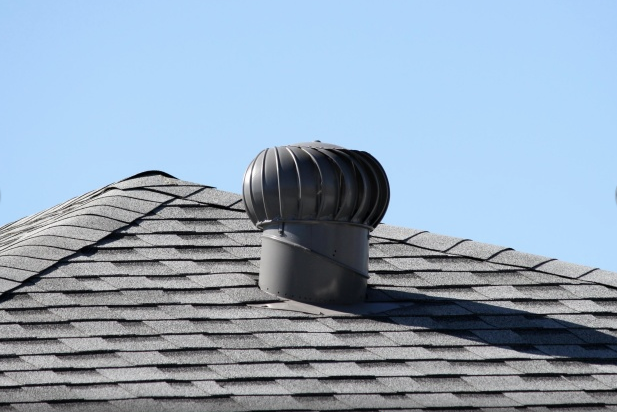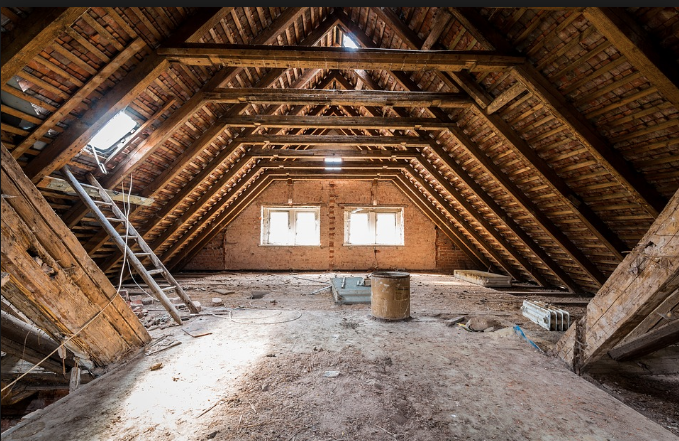Types of Roof Vents
The days of naturally ventilating homes are of the past. Natural ventilation did not consider several factors, including moisture in the air. Homes nowadays are air-sealed for energy efficiency. So, natural ventilation becomes quite ineffective in such homes. There are two types of ventilation systems. Intake and Exhaust ventilation systems. The method you will choose for your home depends on factors such as climate and the build of your home.
Exhaust Ventilation systems
This type of ventilation system controls the air pressure, where the internal one falls below the external air pressure. They are simple and less costly. For effective use, you should combine them with the intake vents. Some of the types of Exhaust vent Include;
1) Copula Vents
It is at its best when used together with other vent systems. They are a common home beautifier but work as vents as well. Their positioning on home helps them perform the functions of regulating moisture effectively.
2) Louvre Vents
These low profile vents come in a variety of shapes. They may be round or square. During installation, even spacing is advisable so that it can work well. It should be near the ridge as well. They are inexpensive and relatively easy to install.
3) Powered Vents
These vents operate on Electricity. They are quite expensive themselves, and an installation that requires electrical prowess and can be tedious. They need up to 300 watts to function well. To make them run well and have less effect on the environment, some solar models have been introduced in the market for that purpose. However, they are quite costly.
4) Ridge Vents
These vents attain maximum efficiency when paired with intake vents. They are installed at the edge of the roof ridge. They are quite expensive both in purchase and installation. It is inadvisable to have this type of vent as a DIY project. Although very efficient, sometimes can be considered quite hefty on the pocket.
5) Roof Turbines
They are made of aluminum. They spin when the wind blows over them, pulling stale air from the house. Water cannot penetrate through these vent systems. They are an environmentally friendly vent system with no carbon emissions and no noise production. They are an efficient ventilation system.
Intake vent system
They compliment the exhaust vent system, and together they produce the perfect results with one taking moist air out and the other one replacing with some fresh air. They also go well with an excellent addition to a well-developed ridge vent system. The most common intake vent systems are;
1) Gable Intake Vents
It can be placed at the gables of your home, and they have a good look at them. They are triangle in shape and can be adjusted to prevent small animals such as insects from infiltration. They work best on roofs that have multi-gables installed on them.
2) Soffit Vents
This vent is best used with other intake vents to increase its efficiency. It is made of aluminum, while some are made of PVC. Their installation method is adequate in keeping moisture out and regulating good airflow.
It’s best to discuss these options with a roofing contractor like Champion Roofing. So, you can choose the best ventilation system for your home depending on several factors such as your budget, model specifications, the weather around your area, and your roof design.
.png)



